New to winter gardening
Raymondo
18 years ago
Related Stories

WINTER GARDENING10 Native Wildflowers to Beautify Your Winter Garden
They stand strong in wind, feed wildlife and are easy to grow. But you may want to add these plants for their looks alone
Full Story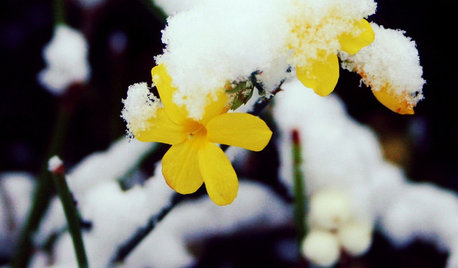
YELLOW FLOWERSGreat Design Plant: Winter Jasmine Gladdens Snowy Gardens
Sunny yellow flowers defy the frost, bringing cheer to the garden on gray days
Full Story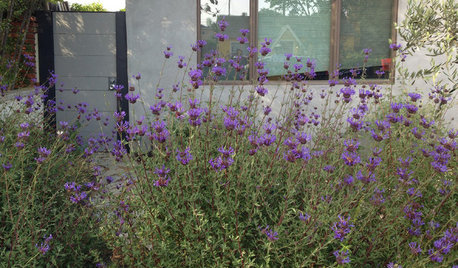
GARDENING GUIDES10 Late-Winter and Early-Spring Bloomers for the West
Tired of waiting for spring to arrive? Try these drought-tolerant, flowering plants for color that starts in late winter
Full Story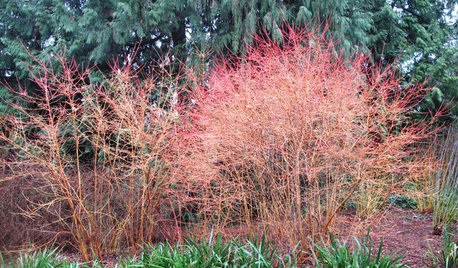
WINTER GARDENINGColor Sparks a Winter Landscape
Try these beautiful winter plants to give your garden pizzazz when most branches are bare
Full Story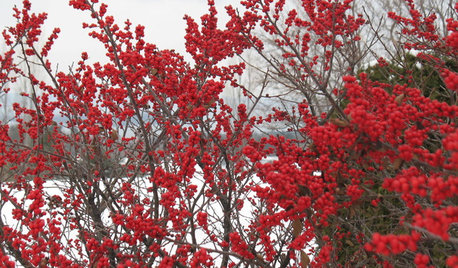
GARDENING GUIDES6 Rockin’ Red Plants for Winter Gardens
Use the bright berries or branches of these cold-climate favorites for outdoor garden interest or container arrangements anywhere
Full Story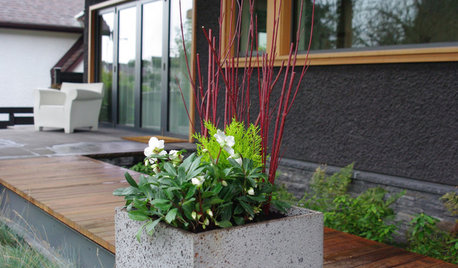
WINTER GARDENING7 Container Plantings to Bring Winter Gardens to Life
Adding instant color but with long-lasting practicality, these plant groupings are bright spots in a slumbering wintertime garden
Full Story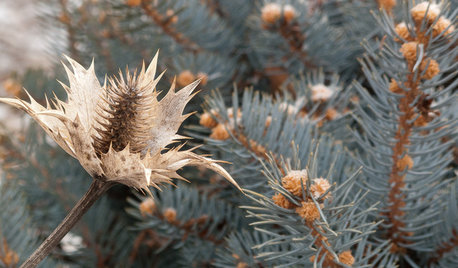
WINTER GARDENINGInspiring Winter Scenes From the Denver Botanic Gardens
Use seed heads, bare branches and grasses to design lovely garden displays when the ground is frozen
Full Story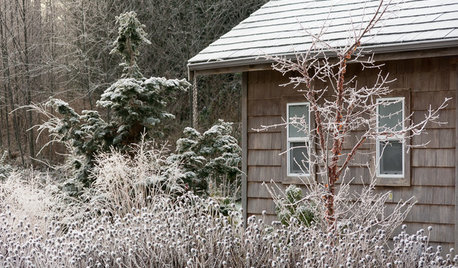
WINTER GARDENINGLook Beyond Plants for a Wonderful Winter Garden
Use sculptures, fences and other structures to draw the eye to a bare-bones landscape
Full Story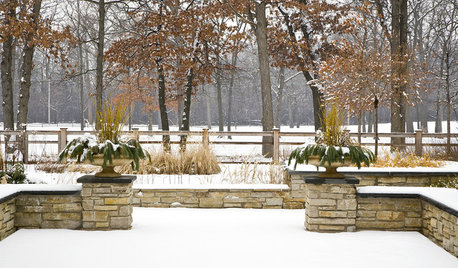
WINTER GARDENING10 Ingredients of a Beautiful Winter Garden
Winter gardens have a beauty all their own. Enjoy its bare branches, sculptural evergreens, and more
Full Story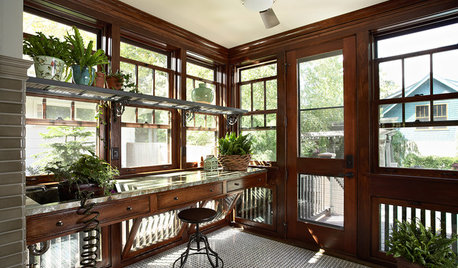
WINTER GARDENINGWinter Gardening: Ideas for a Dream Potting Room
Check out potting rooms that get indoor gardening right — and learn tips for creating your own
Full StorySponsored






Huckleberry1
catherine_nm
Related Professionals
Glassmanor Landscape Architects & Landscape Designers · Ilchester Landscape Architects & Landscape Designers · Ashburn Landscape Contractors · Bethel Park Landscape Contractors · Brandon Landscape Contractors · Columbine Landscape Contractors · Deer Park Landscape Contractors · Fishers Landscape Contractors · Framingham Landscape Contractors · Hilton Head Island Landscape Contractors · West Covina Landscape Contractors · Wilsonville Landscape Contractors · Little Rock Roofing & Gutters · Walnut Creek Roofing & Gutters · Santa Paula Swimming Pool BuildersRaymondoOriginal Author
organica
dethride
trianglejohn
swanz
salads_r_us